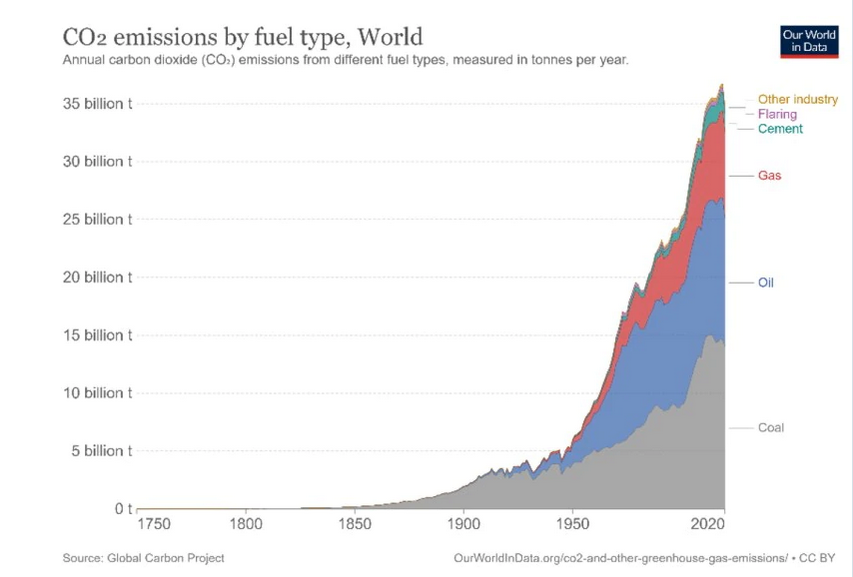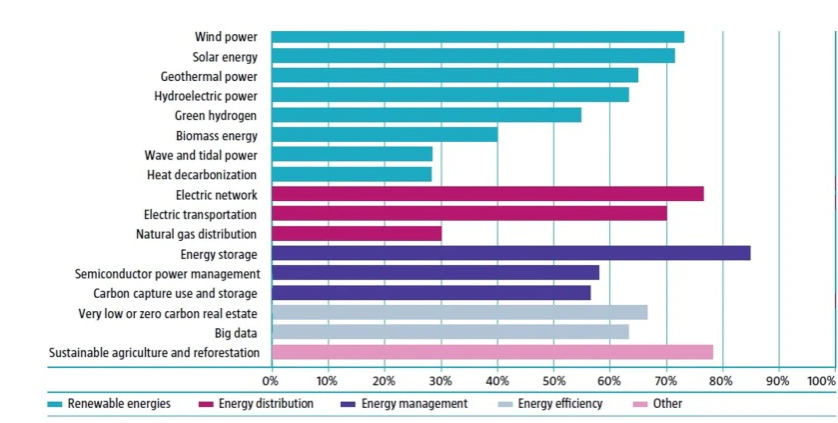免责声明
荷宝私募基金管理(上海)有限公司及其关联公司(“荷宝”)授予您访问本网站的权利, 但您需遵守以下条款和条件。请您仔细阅读以下条款和条件。
访问本网站及其任何页面, 即表示您声明并保证您所在司法管辖区的适用法律和法规允许您访问该信息, 并且您已同意以下条款和条件。如果您不同意这些条款和条件, 请不要访问本网站。 荷宝保留更改该等条款和条件的权利, 您应当定期查看此类更改, 您继续使用本网站即表示同意所有此类更改。
本网站上的任何内容均不构成税务、会计、监管、法律、保险或投资建议。本网站所载的信息或任何意见均不构成荷宝对买卖任何证券、期货、期权、基金或其他金融工具的招揽或要约, 并且若在任何司法管辖区内, 根据其适用法律, 此类要约、招揽、购买或出售是违法的, 也不得向任何人提供或出售任何此类金融工具。
限制
本网站不针对由于任何原因本网站被禁止发布或使用的司法管辖区内的人士, 任何适用此类禁令的人士不得访问本网站。访问本网站的用户有责任遵守适用法律法规。
信息与材料
这些页面中包含的信息, 材料, 条款, 条件和说明可能会有所变化。本网站包含的信息和材料, 包括但不限于文本, 图形, 链接或其他项目, 均为“现有”或“现存”信息。
荷宝尽合理努力在本网站中提供准确和最新的信息。但是荷宝不保证此信息和材料的准确性, 充分性或完整性, 并明确表示不对此类信息和材料中的错误或遗漏承担责任。您必须自己评估本网站所含信息的相关性, 准确性和充分性, 并进行您认为必要或适当的独立调查, 以进行此类评估。本网站包含的任何意见或估计均为一般性的, 您不得依赖其作为建议。
荷宝及其任何雇员或代理均未对您或任何特定人士或群体的投资目标, 财务状况或特殊需要进行任何考虑或调查。因此, 对于因您或任何人士或群体根据本网站包含的任何信息, 意见或估价而直接或间接造成的任何损失, 荷宝不作任何保证, 也不承担任何责任。
用于编制本网站的任何研究或分析均由荷宝获得, 供其自行使用, 并且可能是出于其自身目的而采取的行动。荷宝保留随时更改和更正意见、本网站及相关材料和链接的权利, 恕不另行通知。
不保证: 限制与责任
荷宝提供本网站的信息及材料, 但不作出与此相关的任何保证, 无论是明示的, 暗示的或法定的保证, 包括但不限于不侵犯第三方权利, 所有权, 适销性, 适用于特殊用途, 或免于计算机病毒的保证。
对于通过使用或访问本网站可能导致的任何形式的损失或损害, 包括直接的、间接的或后果性的损害, 荷宝均不承担责任。
互联网用户应该意识到, 由于我们无法控制的情况,
互联网上的通信可能会受到干扰、传输中断、数据传输延迟或错误的影响。荷宝明确表示不对中断、缺陷、操作或传输延迟、计算机病毒或系统故障,
或与本网站提供的信息和材料中的任何错误或遗漏承担责任。此外, 对于与本网站、使用或无法使用本网站有关或由此引起的任何损失或损害,
或任何未经授权方和任何计算机病毒篡改用户计算机系统的行为, 荷宝均不承担责任。
Sustainable Investing
Fossil fuel alternatives
Finding alternatives to fossil fuels is essential if the world is to combat global warming. The current reliance on fossil fuels led by coal, oil and gas cannot be understated, as it used to supply 80% of the world’s energy.1 The energy sector subsequently generates about three-quarters of all greenhouse gases and is by far the largest contributor to global warming.2

Coal, oil and gas dominate emissions by fuel type. Renewables except for biomass have virtually zero emissions.
Source: Our World in Data, 2020
But there are alternatives which are growing in use, particularly as the wind and solar energy sector acquires the scale it needs to be able to reliably supply electricity on the current scale of coal. The five primary alternatives to fossil fuels are renewable energy, nuclear power, hydrogen, biomass, and geothermal energy.
Renewable energy is defined as power derived from natural sources that can replenish themselves, such as wind, solar, tidal or hydroelectric. All are theoretically infinite, unlike fossil fuels which will run out at some point. Its main drawback is that if the wind doesn’t blow, the sun doesn’t shine or water levels are low, then the energy created can fall to zero.
Nuclear power is derived from splitting the uranium atom in a controlled way in a power station, creating nuclear fission. As no conventional fuel is burnt, nuclear power has zero greenhouse gas emissions. Its main drawbacks are the highly limited supplies of uranium, the dangers of accidents, and the fact that radioactive waste is difficult to dispose of.
Hydrogen is produced through the electrolysis of water into its constituent parts of hydrogen and oxygen. The electrolysis requires energy to work, and if this power comes from renewables (green hydrogen), then its only emissions are water vapor. If the energy comes from fossil fuels (gray or blue hydrogen) then it is less useful for cutting emissions.
Biomass is biological material that are either living or decaying, led by wood, plant, forest residues and compost material. Some crops such as rapeseed are specifically grown as biofuels. Many coal-fired plants are being converted to biomass in order to reduce emissions. Its main drawback is that burning biomass still produces greenhouse gases.
Geothermal power is harnessed from the Earth’s natural sources of heat, led by volcanic activity. It is the source of 30% of all electricity power in Iceland, which taps into thermal springs heated by molten rock lying thousands of meters below the surface. Its main drawback is that it is restricted to areas with volcanic sources.

Investor interest in alternatives to fossil fuels is led by wind and solar power.
Source: Robeco Global Climate Survey 2021.
创造有益于我们所在世界的回报
Collectively, non-fossil fuel power is often known as ‘clean energy’, though some forms of it are cleaner than others. Nuclear, for example is clean but occasionally dangerous, as the Chernobyl and Fukushima nuclear power plant disasters showed, and there remains the issue of how to safely dispose of the radioactive waste.
Use of fossil fuel alternatives has grown exponentially in recent years, accounting for 23.2% of all energy sources for power generation in 2020.3 Hydrogen is particularly seen as an alternative fuel for heavy transport such as ships, trucks and even aircraft, though it relies on existing supplies of energy to be created. Tidal projects have largely been shelved as being too expensive.
















